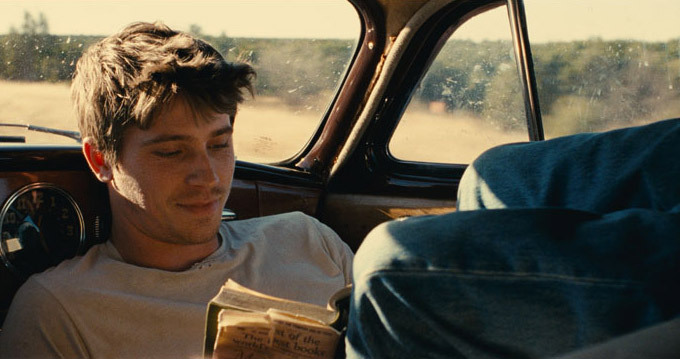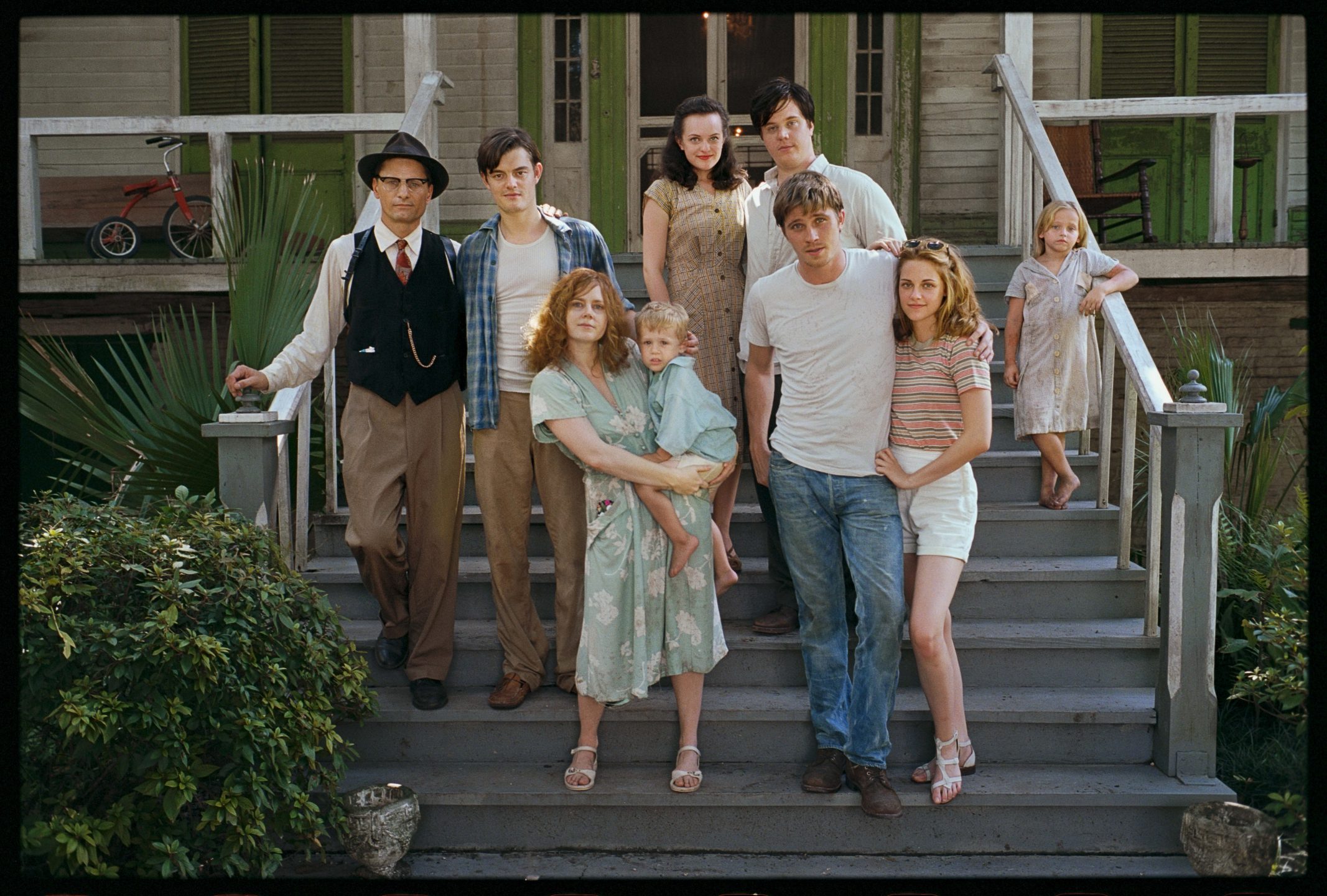On the Road (2012): A Poetic but Uneven Journey Through the Beat Generation
On the Road (2012), directed by Walter Salles and based on Jack Kerouac’s seminal 1957 novel of the same name, is a visually rich and emotionally introspective film that attempts to capture the spirit of a generation that sought meaning beyond the conventions of post-war America. The film stars Sam Riley as Sal Paradise (a stand-in for Kerouac), Garrett Hedlund as Dean Moriarty (based on Neal Cassady), and Kristen Stewart as Marylou (inspired by LuAnne Henderson), and it follows their chaotic, cross-country journeys in search of freedom, inspiration, and identity.
The plot is loosely structured, mimicking the stream-of-consciousness style of the novel. It begins in 1947 when Sal, an aspiring writer grieving the loss of his father, meets the magnetic and impulsive Dean. The two strike up a deep and complicated friendship fueled by jazz, drugs, women, and a shared hunger for the unknown. Together with Marylou, Dean’s free-spirited teenage wife, they crisscross the American landscape—from New York to Denver, New Orleans to San Francisco—in search of “it”: a sense of truth, experience, and creative revelation.

Sam Riley gives a subdued yet thoughtful performance as Sal, acting as the film’s observant narrator and moral compass. Garrett Hedlund steals the spotlight as Dean, capturing the raw charisma, recklessness, and underlying sadness of a man constantly fleeing from stability. Kristen Stewart’s Marylou is a standout, portraying a young woman swept up in the Beat lifestyle, yet not immune to its emotional costs. The supporting cast includes Kirsten Dunst, Viggo Mortensen, Amy Adams, and Steve Buscemi, who all lend weight to the narrative in brief but memorable roles.

Visually, On the Road is stunning. Cinematographer Eric Gautier captures both the desolate beauty of the American landscape and the hedonistic vibrancy of underground parties, jazz bars, and drug-fueled nights. The film’s use of natural light, period costumes, and vintage cars immerses viewers in the late 1940s and early 1950s. The soundtrack, featuring bebop and blues, enhances the film’s mood and evokes the emotional texture of the Beat era.
Yet despite its visual and tonal authenticity, the film struggles with its pacing and structure. The episodic nature of the source material makes it difficult to build narrative momentum or character arcs in a traditional sense. Some viewers may find the film emotionally distant or repetitive, as the characters move from one adventure to the next with little resolution. However, this disjointed rhythm mirrors the existential restlessness of the Beats themselves—forever searching, never arriving.

On the Road is not so much a plot-driven story as it is a mood piece—a meditation on youth, freedom, and the creative hunger that defined a generation. It speaks to the thrill and sorrow of living outside society’s boundaries and the loneliness that often comes with it. For fans of the novel or those curious about the Beat Generation, the film offers a beautiful, if imperfect, cinematic translation of Kerouac’s literary voice.

In conclusion, On the Road (2012) is a bold and sincere adaptation that captures the spirit, if not always the momentum, of one of America’s most influential books. It’s a visual and emotional journey worth taking—preferably with jazz in your ears and the open road ahead.

-1754533640-q80.webp)

